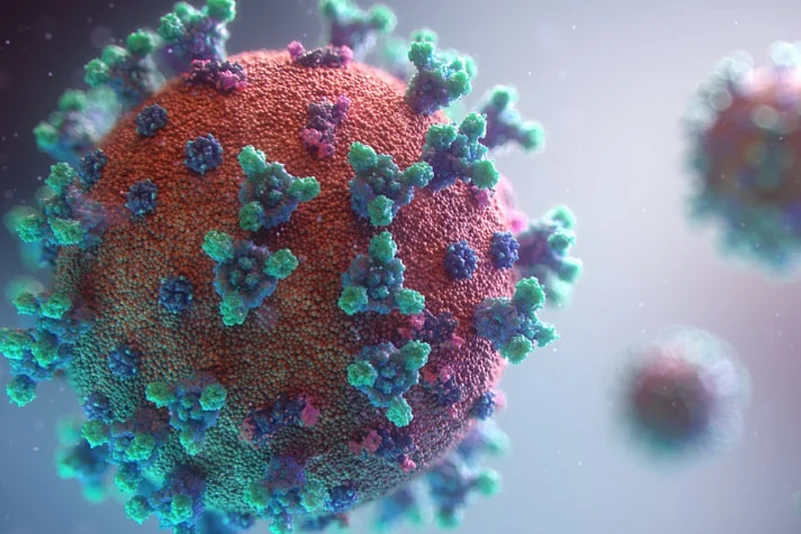In the backdrop of the United States and Britain urging the World Health Organisation (WHO) to take a deeper look into the possible origins of coronavirus, an explosive new study conducted by British professor Angus Dalgleish and Norwegian scientist Dr Birger Sorensen has reportedly found that a group of Chinese scientists created Covid-19 in a lab in Wuhan.
According to a report published by the Daily Mail on Sunday, the study states that Covid-19 has no “credible natural ancestor” and that Wuhan scientists, who allegedly created coronavirus, tried to create reverse-engineering versions of the virus to make it look like it evolved naturally from bats.
Authors Dalgleish and Sorensen wrote in their paper that they had prima facie evidence of retro-engineering in China’ for a year, but were ignored by academics and major journals, reported DailyMail.com.
According to a report published by Time of India, “The paper also quotes that researchers found “unique fingerprints” in Covid-19 samples that they say could only have arisen from manipulation in a laboratory.”
These developments come in the backdrop of WHO's annual assembly in Geneva demanding access for independent experts to “complete, original data and samples” relevant to the source of the virus and early stages of the outbreak in China.
According to a report published by the Associated Press, WHO and Chinese experts issued a first report in March that laid out four hypotheses about how the pandemic emerged. The joint team said the most likely scenario was that coronavirus jumped into people from bats via an intermediary animal, and the prospect that it erupted from a laboratory was deemed “extremely unlikely”.
















